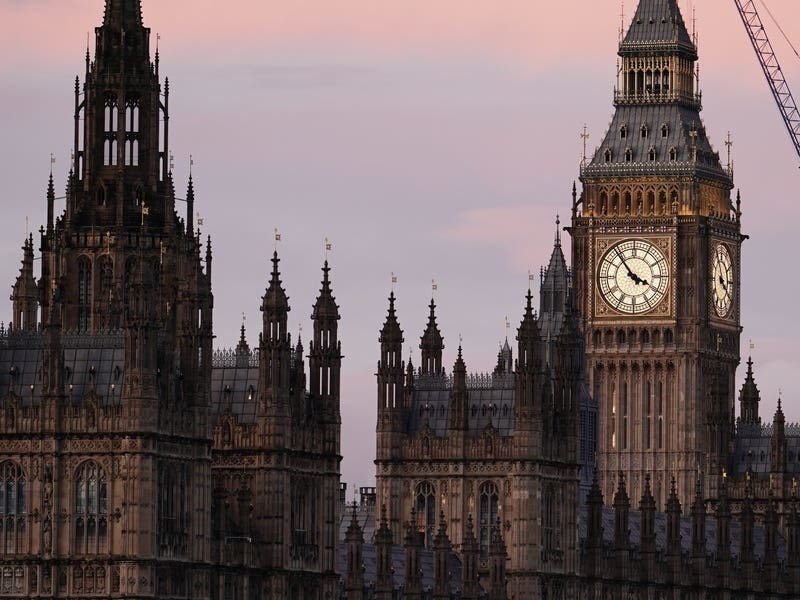Based on current cancer rates combined with projected population increases, the report forecasts the number of new cases diagnosed annually will rise to 980 by 2037 – compared to 680 last year.
And rates of the four most common cancers – prostate, breast, lung and colorectal – are all expected to increase dramatically, largely driven by the ageing population.
The report, compiled by Statistics Jersey, formerly the States Statistics Units, found that:
New cases of prostate cancer could rise by 50%, from 280 in the period 2015-2017 to 430 between 2035-2037.
New cases of breast cancer could rise by 30%, from 280 to 360 over the two periods.
New cases of lung cancer could increase by 55%, from 220 to 340.
And new cases of colorectal cancer could rise by 50 per cent, from 200 to 300.
Meanwhile, new cases of non-malignant melanoma, which were not included in the overall cancer figures as they carry a much lower mortality risk, are expected to rise by 50%, from 1,300 diagnosed between 2015-2017 to almost 2,000 between 2035-2037.
The pressures facing Health were first set out in a report prepared by accountants KPMG for a major health care transformation programme passed by the States in 2012. The vote set in motion plans to build a new hospital and remodel the health service, including placing greater emphasis on community care. It also set out plans for major public health initiatives, including tackling alcohol abuse.
Dr Susan Turnbull, Jersey’s Medical Officer of Health, said: ‘This latest report doesn’t contain any surprises. We have an ageing cohort influenced by the baby boomer generation, and all of the most common cancers are those which are most common in older people.
‘However, it does serve as a reminder of what was set out by KPMG. It is also a reminder of what people can do to alter their odds of getting cancer.’
Reducing consumption of alcohol, which is linked to one in every 25 cancer cases, and losing weight, as obesity is linked to one in 20 cases, all help reduce an individual’s risk of developing the disease.
Dr Turnbull added that lung cancer rates are expected to tail off as smoking levels continue to reduce, and that colorectal cancer levels could be much lower than forecast in the report, as it does not take into account the effects of a bowel cancer screening programme introduced in 2013.
The screening – offered to people in their 60th birthday year – is more advanced than that offered in the UK, as polyps which could eventually develop into cancer are removed during the process.
The polyps would normally take about ten years to become cancerous, and so the effects of the programme are not likely to be seen until 2022/2023.
The Statistics Jersey report was compiled assuming that the population continues to age and increase over the next 20 years at current fertility and mortality rates. It also assumes a net inward migration rate of 1,000 people per year, which was the average between 2012 and 2016.
It estimates that, based on these trends, the population will rise to 118,400 by the end of 2027, with 19 per cent aged 65 or over, compared to 17 per cent last year.
By the end of 2037, the population would have risen to 131,300, with 22 per cent aged 65 or over.
In addition, Statistics Jersey analysed a hypothetical scenario of zero net immigration. Although this resulted in a much smaller population, it made very little difference to cancer rates, as the majority of people who migrate to the Island are in younger age brackets where rates of the disease are lower.






